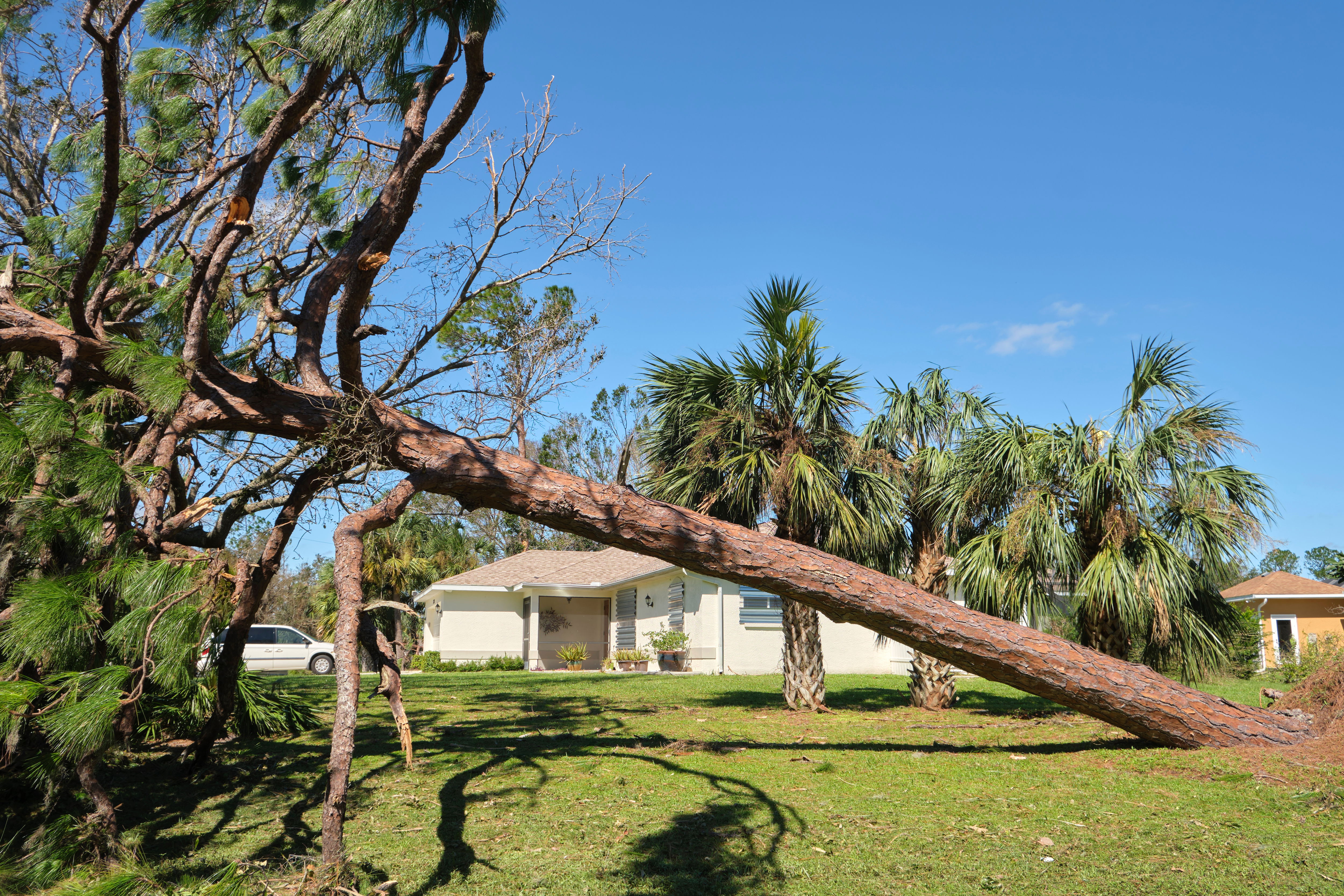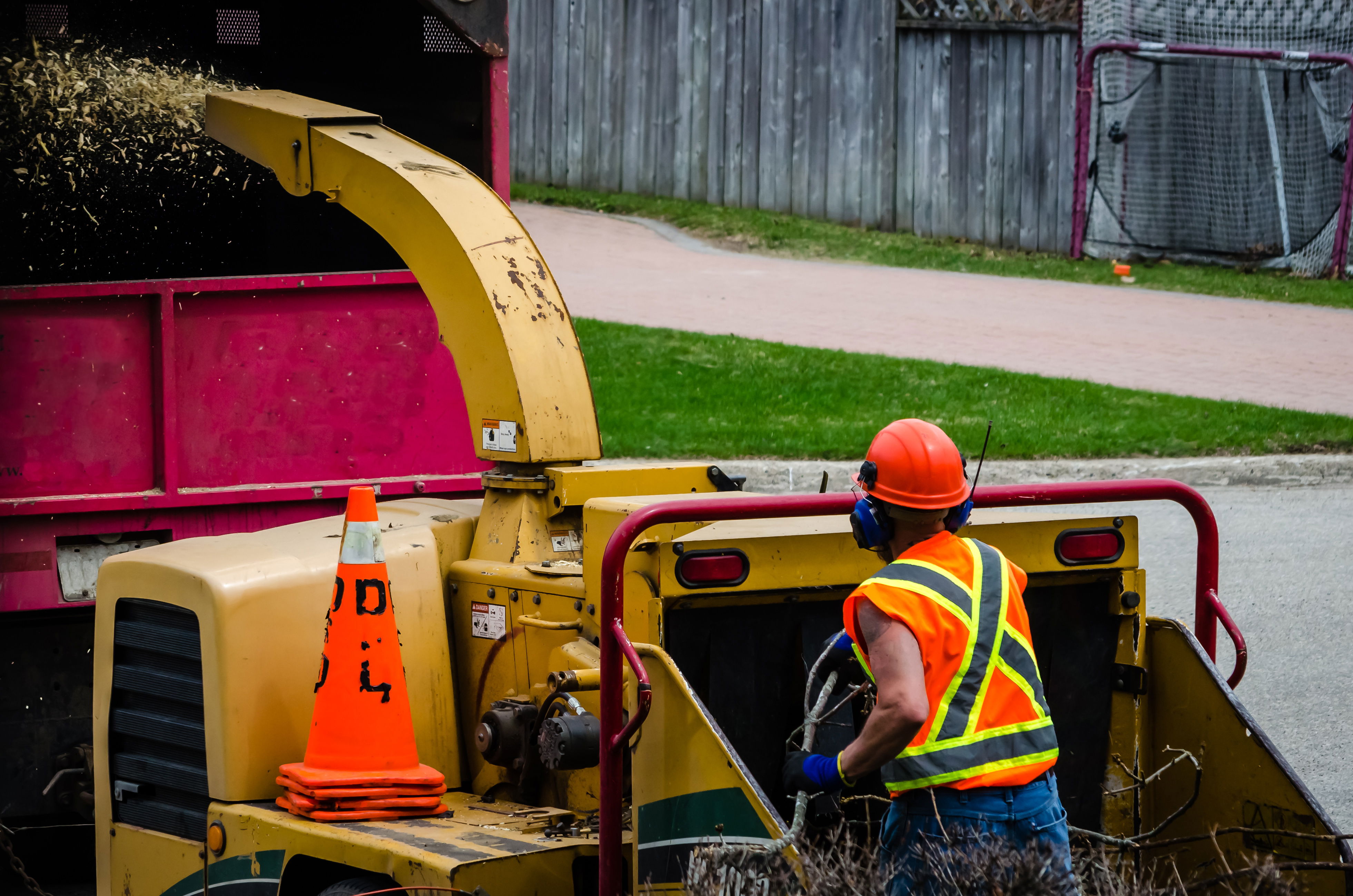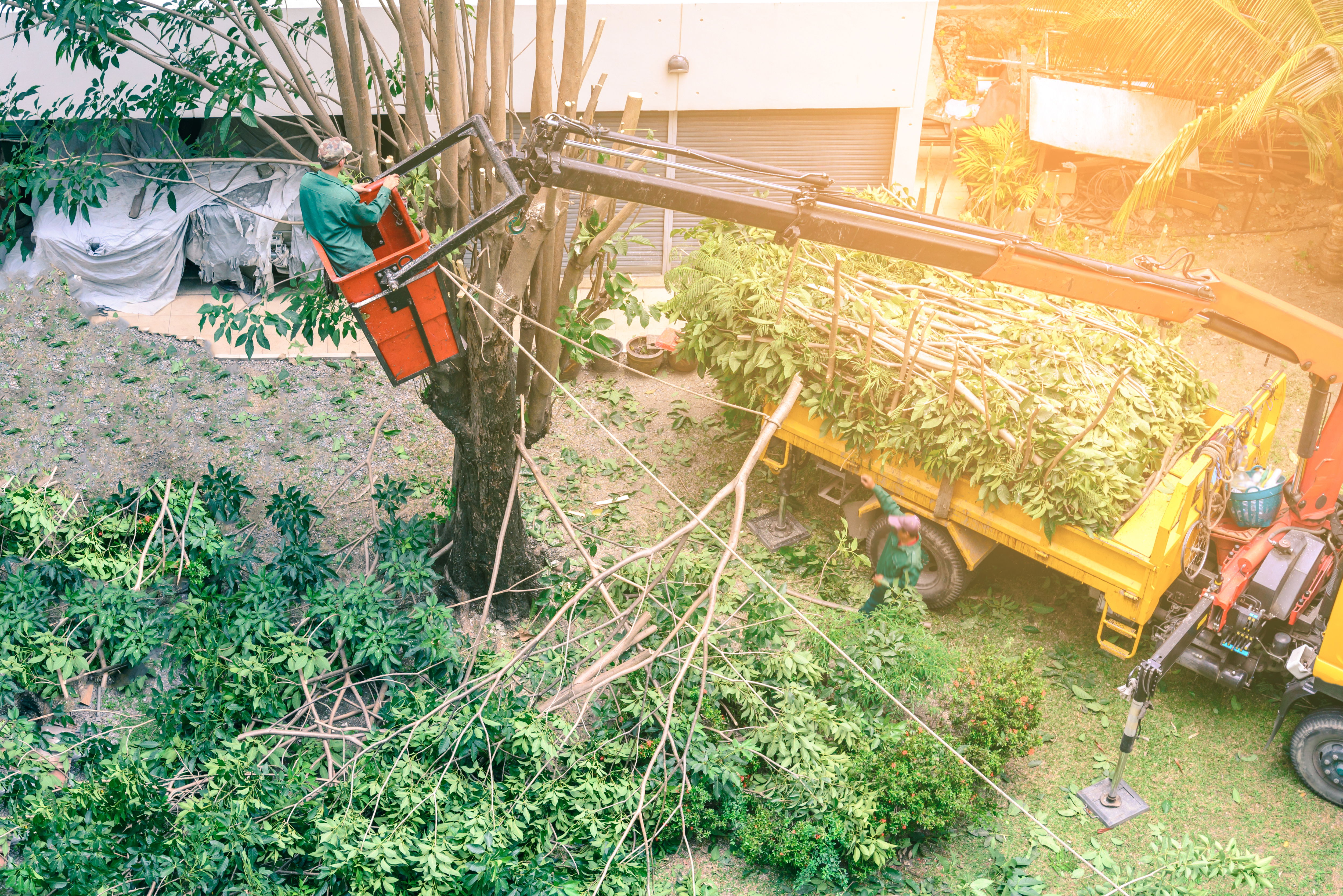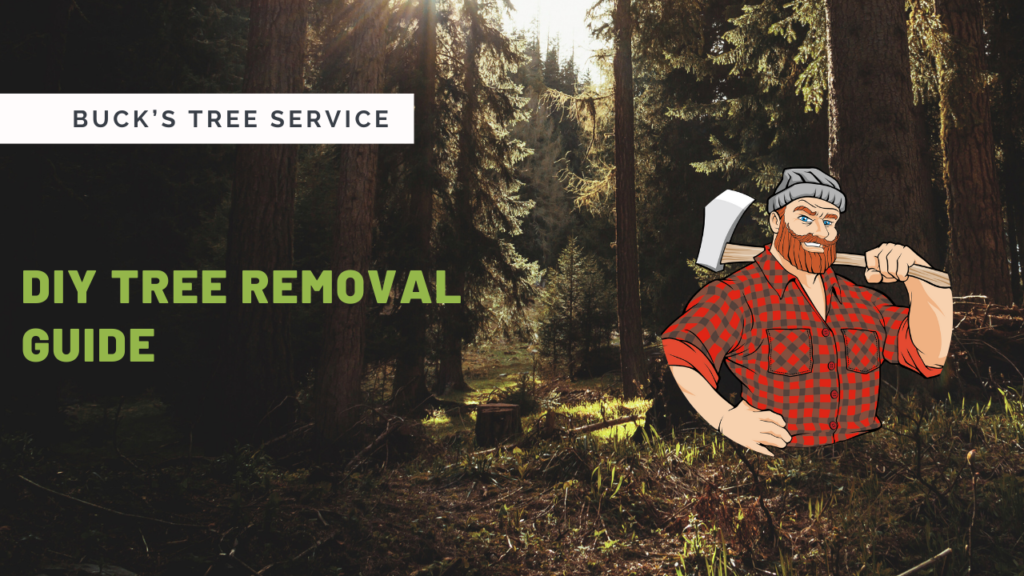Facing the need to remove a tree from your property can be a daunting task. However, with the right knowledge, tools, and precautions, you can safely tackle tree removal as a do-it-yourself (DIY) project. It is important to note a disclaimer, Buck’s Tree Service always recommends using a professional ISA certified arborist to remove trees on your property.
In this blog post, we will provide you with a comprehensive guide on DIY tree removal, offering step-by-step instructions, safety tips, and essential considerations to ensure a successful and hazard-free process.
So, let’s delve into the world of DIY tree removal and empower you to tackle this project with confidence.
Assess the Situation
Before you begin the tree removal process, it’s crucial to assess the situation carefully. Consider factors such as tree size, proximity to structures or power lines, and the surrounding environment. If the tree is too large, located near valuable property, or poses safety risks, it’s advisable to consult with a professional tree service company to ensure a safe and efficient removal.

Gather the Right Tools and Equipment
Having the appropriate tools and equipment is essential for a successful DIY tree removal. Some of the tools you may need include:
- Chainsaw: Choose a chainsaw suitable for the size of the tree you are removing.
- Safety Gear: Wear protective equipment such as gloves, safety glasses, a hard hat, ear protection, and sturdy boots.
- Ladders and Climbing Gear: If you need to climb the tree, make sure to use a sturdy ladder and secure climbing gear.
- Rope and Pulleys: These tools can help you control the direction of the tree’s fall during the removal process.
- First Aid Kit: Keep a well-stocked first aid kit nearby in case of any accidents or injuries.

Plan the Removal Process
Careful planning is crucial to ensure a safe and efficient tree removal. Consider the following steps:
- Determine the Direction of Fall: Assess the tree’s lean and identify the direction it should fall. Ensure there is enough open space for the tree to land without causing damage.
- Clear the Area: Remove any obstacles, such as furniture, vehicles, or debris, from the area surrounding the tree to create a safe work zone.
- Establish Escape Routes: Plan at least two escape routes in case the tree doesn’t fall as expected.
- Prune the Tree: Before cutting down the tree, it’s recommended to prune away any dead or diseased branches. This not only reduces the weight of the tree but also minimizes the risk of falling debris during the removal process.
- Make the Cuts: Using the chainsaw, make a horizontal cut (known as the “notch cut”) on the side of the tree facing the desired fall direction. Next, make a second cut slightly above the first, forming a wedge. Finally, make a horizontal cut from the opposite side of the tree, slightly above the height of the notch cut, until the tree begins to fall.
- Retreat to a Safe Distance: Once the tree starts to fall, retreat to one of your predetermined escape routes and maintain a safe distance from the falling tree. Do not turn your back on the tree, as it can kick back or roll during the fall.
- Clean Up and Disposal: After the tree has fallen, carefully remove branches and cut the tree into manageable pieces. Consider recycling or repurposing the wood or consult with your local waste management services for appropriate disposal methods.

Important Safety Considerations
Always prioritize your safety and the safety of others when attempting DIY tree removal. If you’re unsure or feel uncomfortable with any aspect of the process, consult with a professional.
Familiarize yourself with local regulations and obtain any necessary permits before removing a tree.
Be cautious of power lines or other utility infrastructure that may be near the tree. Contact your local utility company if necessary.
Working with chainsaws can be dangerous. Ensure you are familiar with the tool’s operation and follow all safety instructions.
If you plan to also remove the tree stump, be sure to familiarize yourself with the guidelines of your local jurisdiction. In almost every case, utility locates are required before excavating, even on your own property.
Conclusion
While DIY tree removal is possible, it requires careful planning, the right tools, and a strong focus on safety. By following this comprehensive guide, you can confidently tackle tree removal on your property. However, always remember to prioritize your safety and consult with a professional tree service company like Buck’s Tree Service if you have any doubts or concerns.
